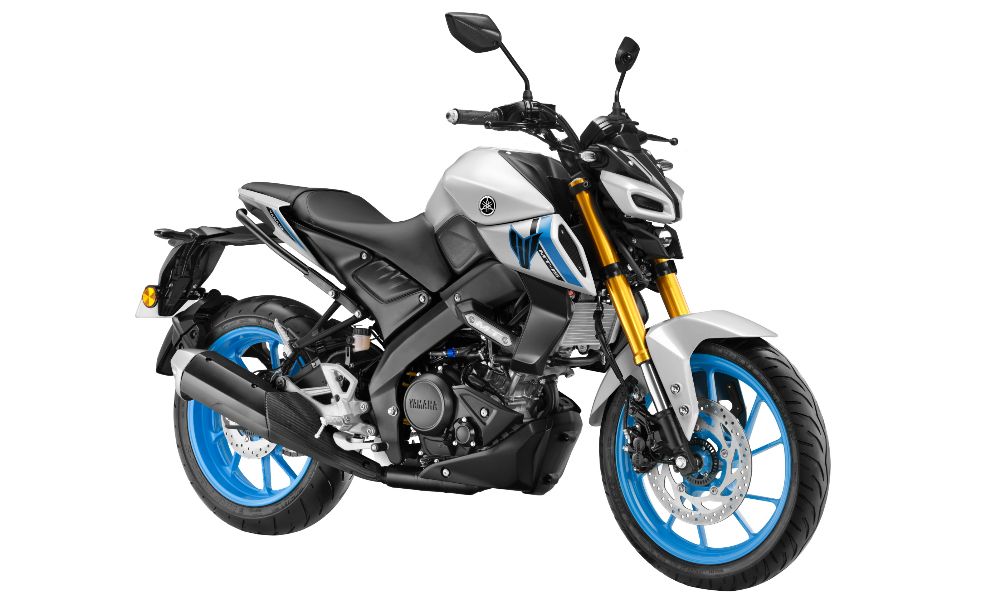Car manufacturers are now offering more variants for each product than ever before. Is this confusing the serious car buyer?
BHPian CentreOfGravity recently shared this with other enthusiasts.
At one time, customers had just a handful of car variants to choose from. Take the 2019 WagonR for example. You had all of four trims viz. LXi, VXi, ZXi and ZXi+, and two engines + two gearboxes. This was the case with most other cars too, making life simple for buyers; however, this meant that choice for the customer was limited. Hyundai changed that to some extent with cars like the 2020 i20, which at launch, had 25 variants IIRC. These variants were meaningful to the buyer and provided choice without being confusing.
When Kia entered the Indian market with the Seltos, people were blown away, both by the car and the kind of variants on offer. While the choice provided was excellent, it was very confusing for an actual buyer to choose a variant thanks to the multitude of engines, gearboxes and trims.

In 2023, Tata launched the Nexon facelift with 2 engines, 6 gearboxes and 2 different feature packs namely the (S) and (+). As if that wasn’t enough, they even introduced the Dark edition this year, hence taking the total number of variants to an eye-popping 97 variants! Mind you, 97 variants just for the ICE powered Nexon! Include the electric versions into the mix and you’re sure to go mad. As I see it, this number will only increase once Tata introduces the CNG variant and more special editions.

On the face of it, people may think of this as a good move (I was one of them), but look deeper and you realise that choosing one variant out of a 100 is far from an easy task, even if you have clarity on which engine and gearbox you want to go with.
And that – coupled with this video which I watched a few months ago – got me thinking, does more variants necessarily mean easier choice for the customer? (Please watch from 19:12 to 33:05 to get the point)
Don’t get me wrong, I really appreciate Tata (and Kia) for going the extra mile and trying to make a car for every kind of customer, but is it worth the effort? Would you rather choose from 10 well thought out variants or 100 randomly ‘curated’ variants (aka personas)? Tata’s intention seems right, but their approach is messed up.
Take the Honda City for example. It has all of four variants and one engine + two gearboxes. While I’ll be the first to agree that Honda have way too less powertrain + gearbox options, won’t the customer who is okay with the given options go through a far simpler process of choosing from SV, V, VX or ZX?

To make sense of which is better, I made a list of the pros and cons of offering too many variants:
Pros:
•Choice – You can specifically choose what features you want and what you don’t. For example, the (S) pack in the Nexon denotes sunroof; you can go for the top variant without a sunroof if you like, or go for the base variant with a sunroof.
•Bridging the gap – In some cases, the mid variants miss out on many features, while the top variants may be out of your budget. In such scenarios, the extra variants can bridge the gap, hence allowing you stay in your budget while getting a decent mix of features.
•Exclusivity – Chances that someone else has the exact same variant as you do are very low.
Cons:
•Confusion – Who wants to spend hours in front of the dreaded brochure to figure out the right variant? KISS (Keep It Simple, Stupid)!
•(Wasted) Effort – Imagine the kind of effort that needs to be put in to manufacture so many different variants of one car! Not to mention the other cars that need to be manufactured. Is it worth the effort?
•Dealing with the dealers – I can only imagine the “good time” dealers will have in trying to memorise the prices, features and nuances of each variant. Also, in case someone cancels their booking after the vehicle is ready, what are the chances that someone else is interested in the exact same spec? To the dealers – all the best guys!
•Awkward conversations – Just imagine this – “Hey bro! I got the Tata Nexon Fearless S + Dark edition Petrol DCT”. *Facepalm*.
•Fluctuations – Just one change to the variant lineup, and chaos is sure to erupt in the buyer’s mind. Not to mention the dealerships’ headache in updating the brochure, auto journos’ headache in updating the audience and prospective buyer’s headache in keeping track of the changes.
So BHPians, what do you think? Does “the more the better” always work? Do share your thoughts and add to this list!
Here’s what BHPian dragon_booster had to say about the matter:
Having too many variants can cause confusion and isn’t necessary. Limiting options to three or four variants is sufficient. Sometimes, even minor changes like adding or removing features such as auto-folding mirrors or hand-rests count as variants. It would be better to offer configurations instead. Let customers choose what they want, and then provide a quote based on their choices.
Here’s what BHPian PrideRed had to say about the matter:
I personally prefer having more variants which I believe targets larger section of buyers. I see successful cars usually have very high number of variants . The XUV700 for instance starts from 14.5L to almost 27L! Downside I see is, some models are restricted to paper only or command long waiting period.
Here’s what BHPian It’s Magic had to say about the matter:
Think having more than 10-15 variants could potentially lead to confusion. It might be ideal for manufacturers to limit the number of variants to around 10, with all features evenly distributed across them.
They could also include a list of additional features that can be added into the lower-end variants in the product brochure.
This approach could simplify the decision-making process for customers and streamline the product lineup.
Here’s what BHPian Raghu M had to say about the matter:
Having more variants and possibility to customize makes more sense. No one looks at brochures anymore, it’s all online and the way car websites have been designed these days, it’s just awesome to look at a car of choice with the required variant/engine/transmission. I would like a high end trim but with a manual transmission, I don’t get that easily in many models. What do I do? Have to compromise on the choice of model or even change the brand altogether. In fact, I would go a step ahead and suggest customization. High end trim, manual, with sunroof. Mid variant, with panoramic sunroof with a TC gearbox. Low end variant, DCT and sunroof etc. That would definitely give more choice and spoil the customer. Of course car companies will take time to deliver but isn’t that the case already?
Here’s what BHPian vattyboy had to say about the matter:
Fewer variants can reduce confusion, like the examples of Maruti’s Lxi, Vxi, Zxi, and Zxi Plus, Hyundai’s E, Ex, S, S+, Sx, and Sx(o), or Mahindra’s Mx, Ax3, Ax5, Ax7, and Ax7 L.
However, I find Tata’s practice of having 20-25 variants in every model quite confusing.
Check out BHPian comments for more insights & information.







